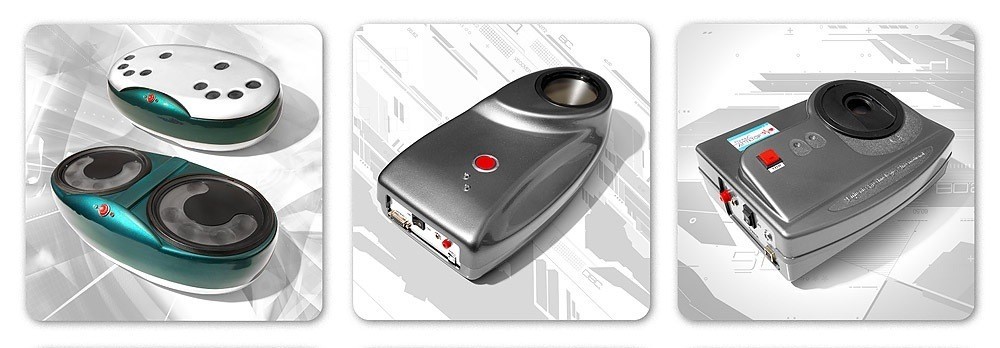Biofield Science and Healing: History, Terminology, and Concepts
Beverly Rubik, PhD; David Muehsam, PhD; Richard Hammerschlag, PhD; Shamini Jain, PhD

Biofield Science and Healing Author Affiliations
Institute for Frontier Science, Oakland, California; Integrative Health Studies, California Institute of Integral Studies, San Francisco; College of Mind-Body Medicine, Saybrook University, Oakland, California; Energy Medicine University, Sausalito, California (Dr Rubik). Visual Institute of Developmental Arts and Sciences, National Institute of Biostructures and Biosystems, Bologna, Italy (Dr Muehsam). The Institute for Integrative Health, Baltimore, Maryland; Oregon College of Oriental Medicine, Portland (Dr Hammerschlag). Department of Psychiatry and Center for Integrative Medicine, University of California, San Diego; Consciousness and Healing Initiative, San Diego (Dr Jain).
ABSTRACT
Biofield science is an emerging field of study that aims to provide a scientific foundation for understanding the complex homeodynamic regulation of living systems. By furthering our scientific knowledge of the biofield, we arrive at a better understanding of the foundations of biology as well as the phenomena that have been described as “energy medicine”. Energy medicine, the application of extremely low-level signals to the body, including energy healer interventions and bio- electromagnetic device-based therapies, is incomprehensible from the dominant biomedical paradigm of “life as chemistry.” The biofield or biological field, a complex organizing energy field engaged in the generation, maintenance, and regulation of biological homeo- dynamics, is a useful concept that provides the rudiments of a scientific foundation for energy medicine and thereby advances the research and practice of it. An overview on the biofield is presented in this paper, with a focus on the history of the concept, related terminology, key scientific concepts, and the value of the biofield perspective for informing future research.
INTRODUCTION
Medicine is in transition. Conventional biomedicine is giving way to an expanded, integrative medical model that emphasizes healthcare as well as illness care, treats people not just diseases, and incorporates multiple therapeutic approaches, old and new, to offer patients greater choice.1 This emerging model questions the dominant biomedical paradigm of molecular reduction- ism that focuses on genes, proteins encoded by genes, and molecules synthesized by proteins and that is based
on an inherent belief that complex systems can be understood by identifying their components. By contrast, an integrative model of health and medicine appreciates the complexity of our biology, which can give rise to emergent phenomena that are not, in general, predictive from isolated parts. Such a model also views health- care from several perspectives beyond the molecular approach, including what has been called energy medicine. Advances in biophysics, biology, psychology, and the developing fields of mind-body research such as psychoneuroimmunology and psychosocial genomics have helped substantially to form a foundation for this expanded integrative medical model.
In addition to biochemical signals, the idea that living systems generate and respond to energy fields as integral aspects of physiological regulation reflects a convergence of several disparate paths. Numerous spiritual traditions describe modes and pathways of energy within and surrounding the physical body (Jain et al, 2015, this issue). Many complementary and alternative medicine (CAM) therapies utilize variants of “laying-on-of-hands” and other minimally invasive procedures to improve endogenous energy flows. Moreover, Western biomedicine routinely exam- ines electrical fields from the heart (via electrocardio- gram [ECG]) and brain (via electroencephalogram [EEG]) as indices of clinical pathology. Furthermore, contemporary cell biology and biophysics provide evi- dence that endogenous electromagnetic and other types of fields play active roles in development, tissue repair, and an array of homeodynamic processes.3-5
The term biofield fills the need for a unifying concept to bridge traditional and contemporary explanatory models of energy medicine and provides a common language for aspects of both clinical practice and scientific research that focus on energy fields of the body. This paper summarizes the recent origins of the biofield concept and describes the levels of scale for which the term has been applied, from biophotons and cell membranes to whole organisms to Gaia and the Tao. Working definitions of biofield and related terms are offered with the proviso that such descriptions are and should be based in the cultural and scientific vantage points of the observers and may not always be completely comparable. In this light, in their descriptions of “the biofield,” a Tibetan Buddhist, a neurologist, a Reiki practitioner, a cell biologist, and a physicist (classical or quantum) enrich us all and bring us closer to a complete understanding of this emerging concept.
biophysics, biology, psychology
Full text PDF: Rubik et al., Biofield Science + Healing GAHMJ, 2015
